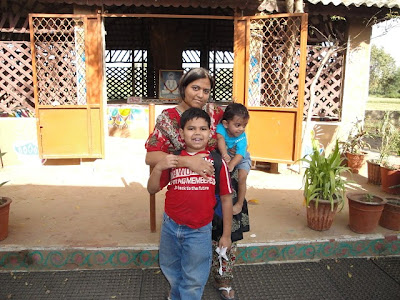Good morning friends. This is the second part of my article and I hope you will continue your reading.
In the Bhagavad Gita , Krishna calls them muddha – fools who are imbued with aasuric or demoniac nature. The Gita describes the mindset of such people: “I wanted this and today I got it. I want that; I shall acquire it tomorrow. All these riches are now mine; soon I shall have more. I have killed this enemy; I will kill all others as well and shall soon conquer the world. I am the ruler of men. I enjoy the things of this world. I am successful strong and happy. I am very wealthy and so nobly born. Who is my equal?”
This mindset gives rise to passion, anger and greed that in turn lead to constant strife within the individual and in his dealings with others.
After analyzing suffering is not due to chance and caprice. It is because of certain conditions. If these conditions are removed, then suffering, too, ceases to be. Desire is the root cause of suffering.
Ancient seers described that “desires never satiated by the enjoyment of desires; thereby they only flame forth ever more like fire with butter”. Desires and even their fulfillment, instead of being a source of happiness might spiral so out of control that they become the root cause of suffering.



